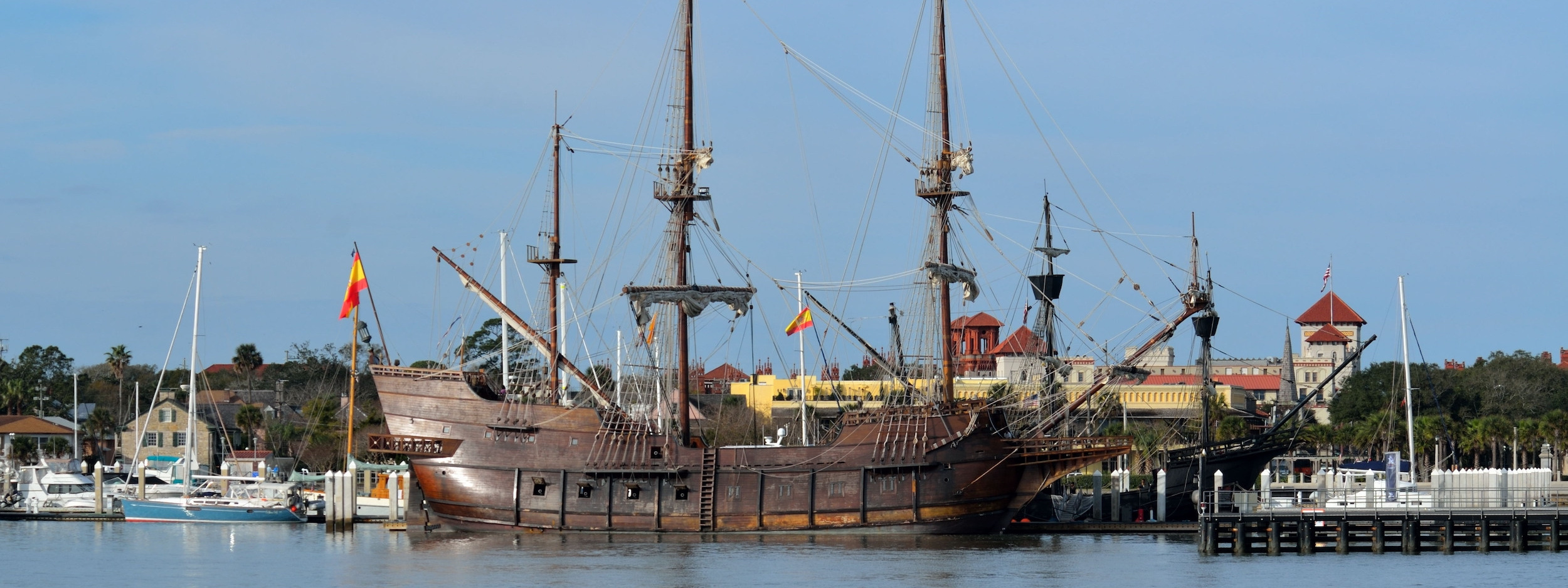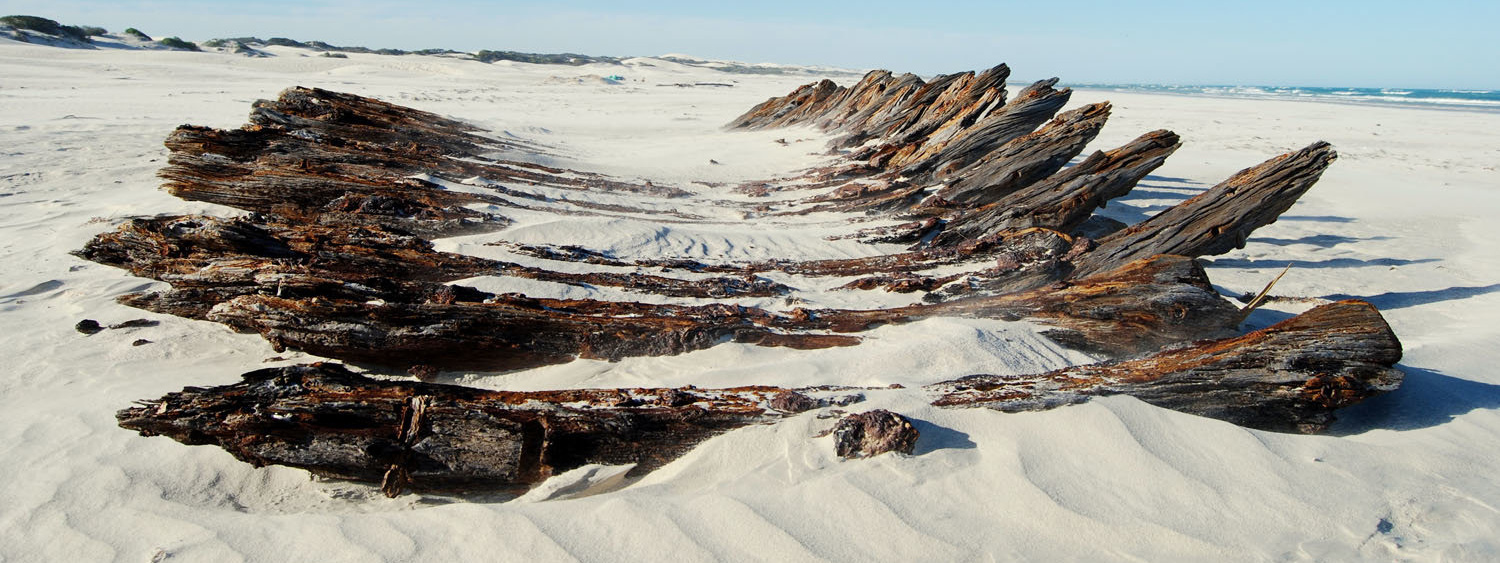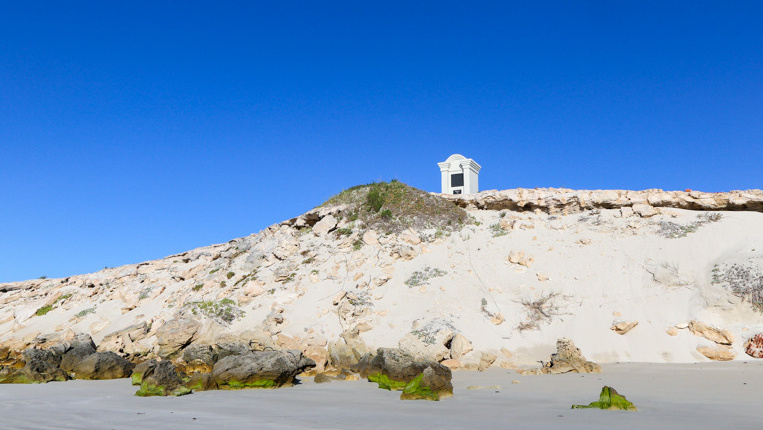
For all the romantic overtones of shipwrecks and storm-wracked reefs, the story of what happened to the Arniston Transport on a stormy night in May 1815 is a haunting and tragic tale.
The Arniston Transport was a tough old bird, built as a sturdy British East Iniaman and standing tall with here three decks and three squared-rigged masts. Like the trade vessels constructed during the Napoleonic wars, which had recently ended, she was also and armed warship designed to go into battle, carrying 58 guns, her flanks brass-clad. She had worked the China Seas as a tea clipper for some years after coming of of a Thames shipyard and was the property of the Scottish Earl of Arniston. In 1814, the Royal Navy requisitioned the Arniston Transport as a troop transport ship, or what might be more accurately described as a hospital ship.
One small error of judgement, made shortly before the Arniston Transport set sail in April for the Cape of Good Hope, would prove tragic. The owners of the ship decided that they could not afford to buy Captain Simpson a chronometer. Instead, the decided the the Arniston Transport would sail in convoy and find her way around the Cape by 'dead reckoning' calculations.
The Arniston Transport set off from Point de Gall in Ceylon with 350 passengers on board, many of them soldiers of the 73rd Regiment on their way home to Portsmouth after being wounded in the brutal skirmishes of the Kandyan wars. On board too were Lord and Lady Molesworth and the four eldest sons of Lieutenant Colonel Andrew Geils travelling in their care, and a number of other passengers, including 14 women and 25 children.
SO WHAT HAPPENED ON THAT TRAGIC NIGHT?
As the ship neared the southern tip of Africa, the water worsened. On 26 May 1815, the Arniston Transport, slow and unmanoeuvrable as any other ageing East Indiaman, became separated from the convoy after her sails were ripped apart by gale-force winds. Worse was to follow: the strong ocean currents and poor visibility meant that the captain could not measure longitude with any accuracy. No stars could be seen at night in the overcast skies. On the morning of 29 May however, a cry went up from the crow’s nest. Land had been sighted. Captain Simpson believed this to be the Cape of Good Hope. The ship sailed west and late the following afternoon, turned north to begin the run for St Hlena island in the South Atlantic. As it happened, the land sighted was not the Cape of Good Hope. Confident of his estimates, the navigator had taken no depth soundings, which would have revealed shallow waters.
The Arniston Transport, her new sails bellied out with wind, thundered unstoppably toward the reef, oblivious of the looming danger. She tossed and rolled in the turbulent waters like a tumbling cork. Nothing could be done to save her when breakers were spotted, indicating land coming up fast. The three anchors could not hold back the ship hurtling towards the rocks in rough seas. Before darkness fell, Lieutenant Brice (agent for Transports) advised Captain Simpson to cut through the sheet cable, to try and beach the ship in the hope of saving as many lives as possible. But the Arniston Transport crashed into the rocks and heeled right into the gale. In desperation the heavy guns were cut loose so she might swing landward. The attempt failed.
She keeled to windward, facing the ocean and by 8pm she began to break up and, in a very short time, was quite in pieces. Only six men out of 350 passengers on board managed to reach the shore alive, the cries of the drowning all around them. When dawn broke on a red Wednesday morning, the survivors on the beach looked back out over the raging surf and saw only the stern post visible. Their shop was gone.
THE SURVIVORS
The rocky shoreline was a scene of carnage and devastation, with damaged stores and wrecked timber all around. The survivors could see no sign of human habitation and foraged shellfish in order to keep themselves alive. They had no idea how far they might be from civilisation. They began burying some bodies in the dunes, saying prayers over makeshift graves. When they explored the desolate surroundings, they could see only empty dunes and low scrub. On 1 June 1815, convinced they were westward of Cape Point, they headed in an easterly direction hoping to find habitation. After a four-and-a-half day walk away from the wreck, surviving on shellfish off the rocks, they were stopped by the wide Breeze River which they could not cross, and were forced to return to the wreck. This took them three-and-a-half days. They remained at the wrecker six days, subsisting mainly on a cask of oatmeal that had drifted ashore and, being damaged, they had dried in the sun.
On 14 June, while trying to repair a small boat, which they hoped to use to coast along the shore, they’re rescued by a farmer’s son, Jan Starts, who was out hunting. He took them to his father’s farmhouse, shared what little comforts the family could afford, and then after a week, arranged for transport across the Strandveld and over the mountains to Cape Town, where the survivors arrived on 26 June 1815. The news of the deaths of so many children, 25 in all, and the loss of the wounded soldiers, caused outrage in London. All for the lack of a chronometer. The memory of this tragic shipwreck lives on in the name of a village called Arniston.

MONUMENT
If you walk through Kassiesbaai and continue walking along the beach for 4km, you will come across a monument that commemorates the sinking of the Arniston Transport. The monument stands in an elevated position with the backdrop of desolate sand dunes, facing the wreck site and the ocean.In March 2010, a new monument was constructed by Robert Haarburger. The new structure was based drawings from the national archives in Cape Town. It was built in the same style and form as the original monument. Bishop Mervyn Castle and father Nolan Tobias attended the blessing and unveiling the new monument on 30 May 2010.

